Pines of the Rockies are dying, wildfires racing across the Southwest deep into Texas, and Colorado’s aspens have declined due to lack of water. Worldwide the problem stretches from Southern Africa, the Amazon, Siberia, Algeria, and Australia. Without forest, levels of carbon dioxide rises and the climate will continue to warm.
Forest for the Trees
Adapted from an article by Justin Gillis in the New York Times
WISE RIVER, Mont. — The trees spanning many of the mountainsides of western Montana glow an earthy red, like a broadleaf forest at the beginning of autumn. But these trees are not supposed to turn red. They are evergreens, falling victim to beetles that used to be controlled in part by bitterly cold winters. As the climate warms, scientists say, that control is no longer happening.
Across millions of acres, the pines of the northern and central Rockies are dying, just one among many types of forests that are showing signs of distress these days. From the mountainous Southwest deep into Texas, wildfires raced across parched landscapes this summer, burning millions more acres. In Colorado, at least 15 percent of that state’s spectacular aspen forests have gone into decline because of a lack of water.
STORY: Nature: Extreme Weather Linked to Greenhouse Gases
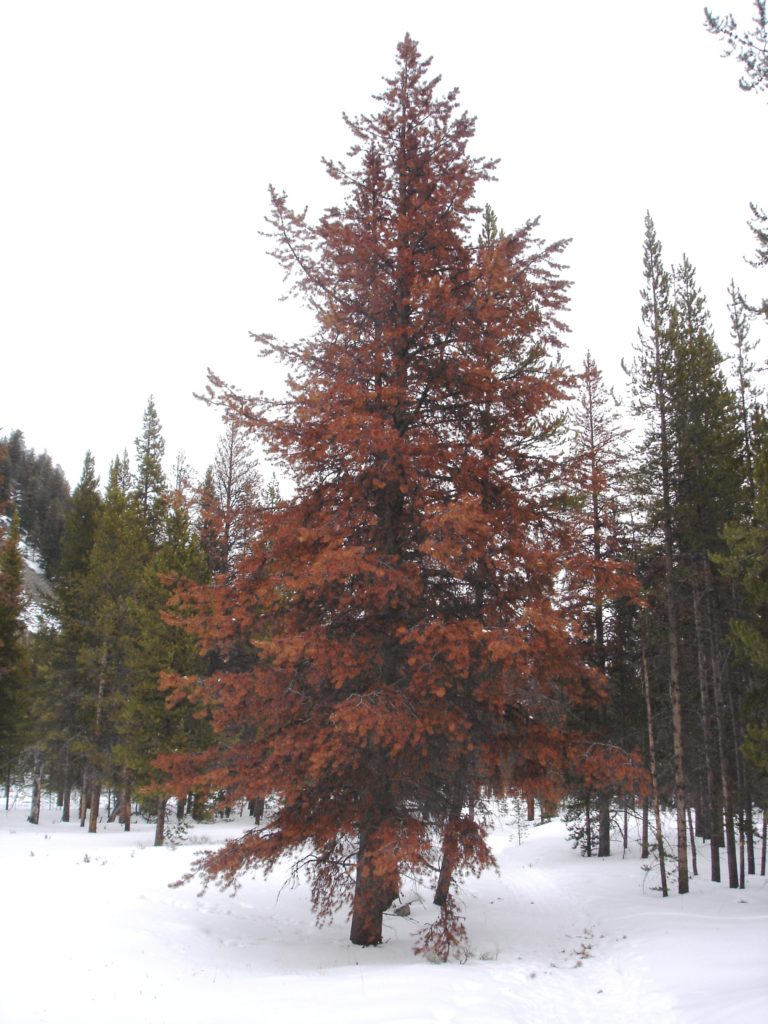

The devastation extends worldwide. The great euphorbia trees of southern Africa are succumbing to heat and water stress. So are the Atlas cedars of northern Algeria. Fires fed by hot, dry weather are killing enormous stretches of Siberian forest. Eucalyptus trees are succumbing on a large scale to a heat blast in Australia, and the Amazon recently suffered two “once a century” droughts just five years apart, killing many large trees.
Experts are scrambling to understand the situation, and to predict how serious it may become. Scientists say the future habitability of the Earth might well depend on the answer. For, while a majority of the world’s people now live in cities, they depend more than ever on forests, in a way that few of them understand. Scientists have figured out — with the precise numbers deduced only recently — that forests have been absorbing more than a quarter of the carbon dioxide that people are putting into the air by burning fossil fuels and other activities. It is an amount so large that trees are effectively absorbing the emissions from all the world’s cars and trucks.
Without that disposal service, the level of carbon dioxide in the atmosphere would be rising faster. The gas traps heat from the sun, and human emissions are causing the planet to warm. Yet the forests have only been able to restrain the increase, not halt it. And some scientists are increasingly worried that as the warming accelerates, trees themselves could become climate-change victims on a massive scale.
“At the same time that we’re recognizing the potential great value of trees and forests in helping us deal with the excess carbon we’re generating, we’re starting to lose forests,” said Thomas W. Swetnam, an expert on forest history at the University of Arizona. While some of the forests that died recently are expected to grow back, scientists say others are not, because of climate change.
STORY: Warming Oceans: Two Million Year Mass Marine Migration
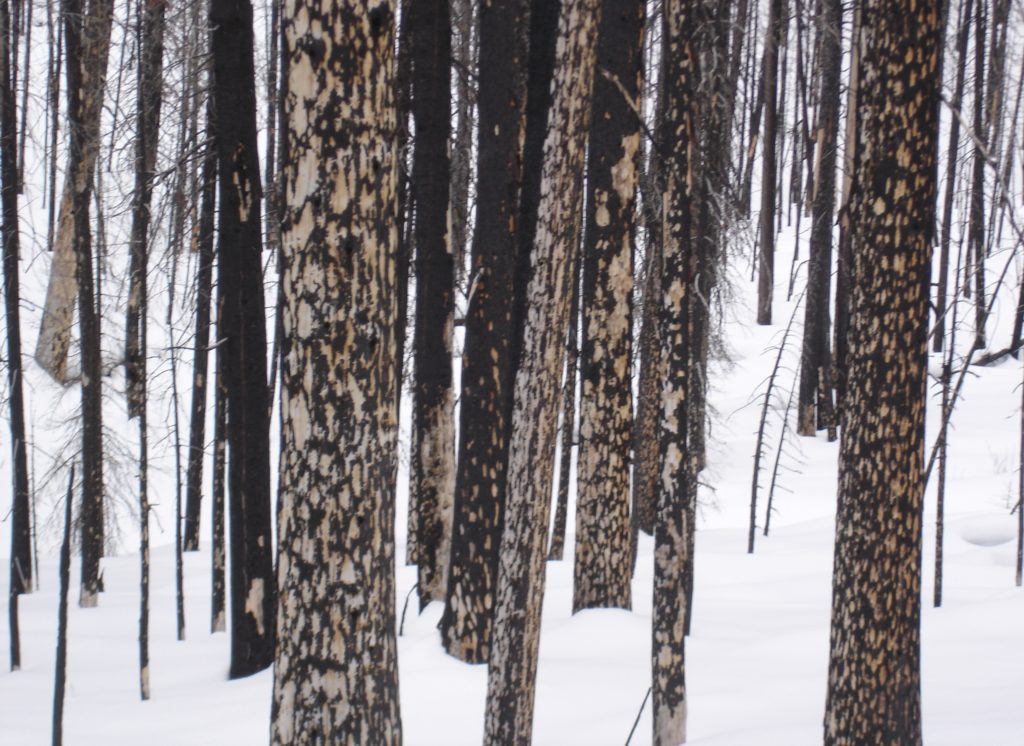

If forests were to die on a sufficient scale, they would not only stop absorbing carbon dioxide, they might also start to burn up or decay at such a rate that they would spew huge amounts of the gas back into the air — as is already happening in some regions. That, in turn, could speed the warming of the planet, unlocking yet more carbon stored in once-cold places like the Arctic.
Scientists are not sure how likely this feedback loop is, and they are not eager to find out the hard way. “It would be a very different world than the world we’re in,” said Christopher B. Field, an ecologist at the Carnegie Institution for Science. It is clear that the point of no return has not been reached yet — and it may never be. Despite the troubles of recent years, forests continue to take up a large amount of carbon, with some regions, including the Eastern United States, being especially important as global carbon absorbers.
“I think we have a situation where both the ‘forces of growth’ and the ‘forces of death’ are strengthening, and have been for some time,” said Oliver L. Phillips, a prominent tropical forest researcher with the University of Leeds in England. “The latter are more eye-catching, but the former have in fact been more important so far.”
Scientists acknowledge that their attempts to use computers to project the future of forests are still crude. Some of those forecasts warn that climate change could cause potentially widespread forest death in places like the Amazon, while others show forests remaining robust carbon sponges throughout the 21st century.
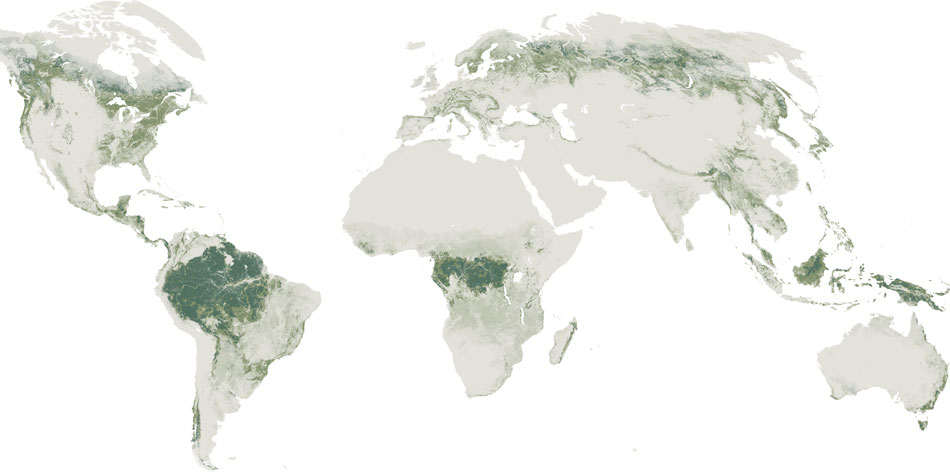

“We’re not completely blind, but we’re not in good shape,” said William R. L. Anderegg, a researcher at Stanford University. Many scientists say that ensuring the health of the world’s forests requires slowing human emissions of greenhouse gases. Most nations committed to doing so in a global environmental treaty in 1992, yet two decades of negotiations have yielded scant progress.
Read the rest of the article at New York Times…

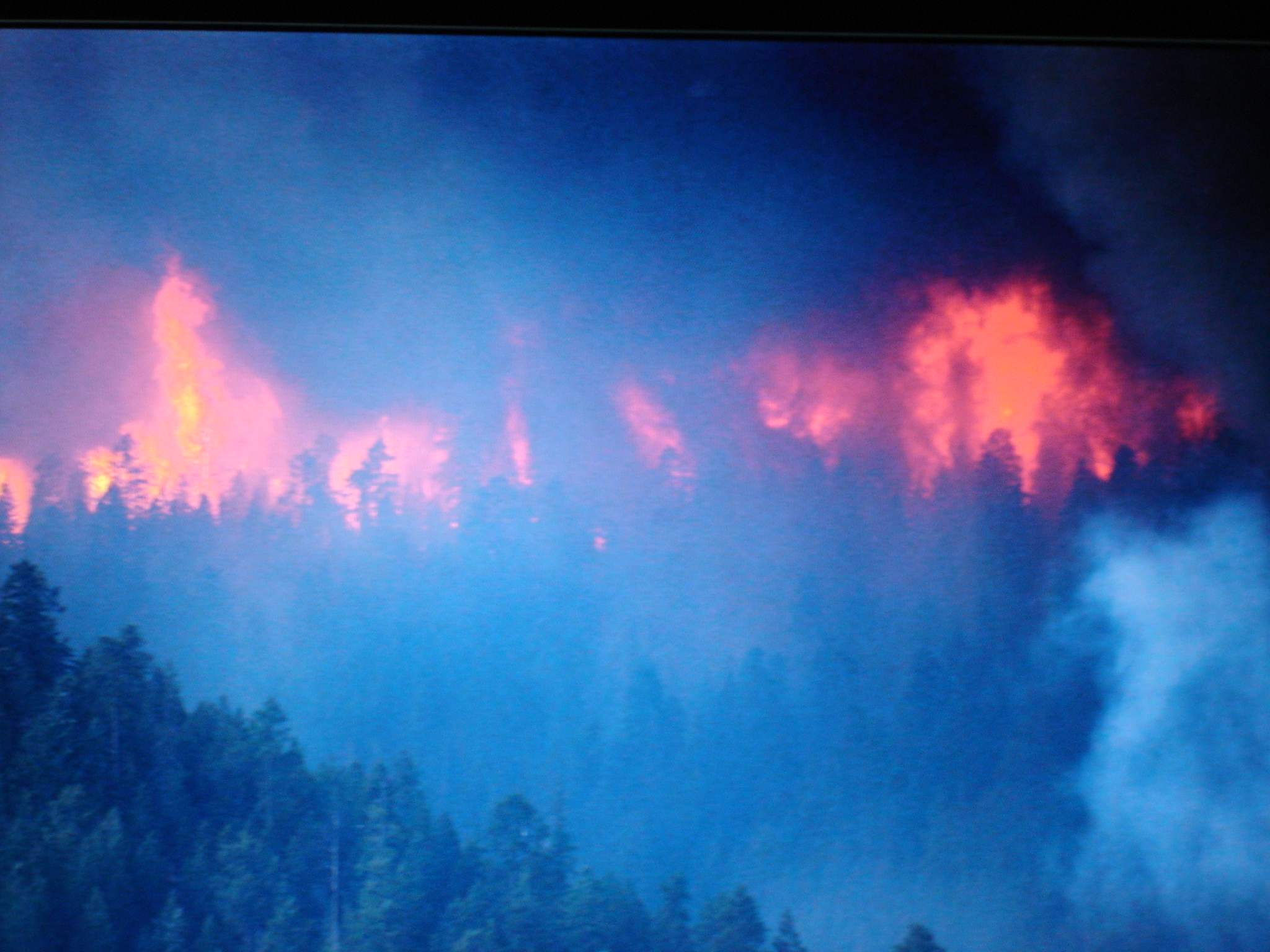

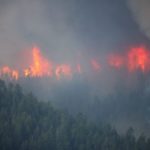

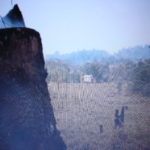

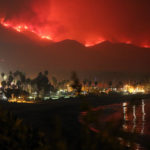
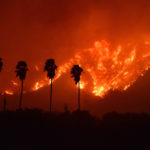






Pingback: Do Forests Drink Water Meant for Humans? By Jack Eidt | WilderUtopia.com
Pingback: Extreme Weather Disasters: Last Call at Club Fossil Fuel | WilderUtopia.com
Pingback: Extreme Weather Disasters: Last Call at Club Fossil Fuel | WilderUtopia.com